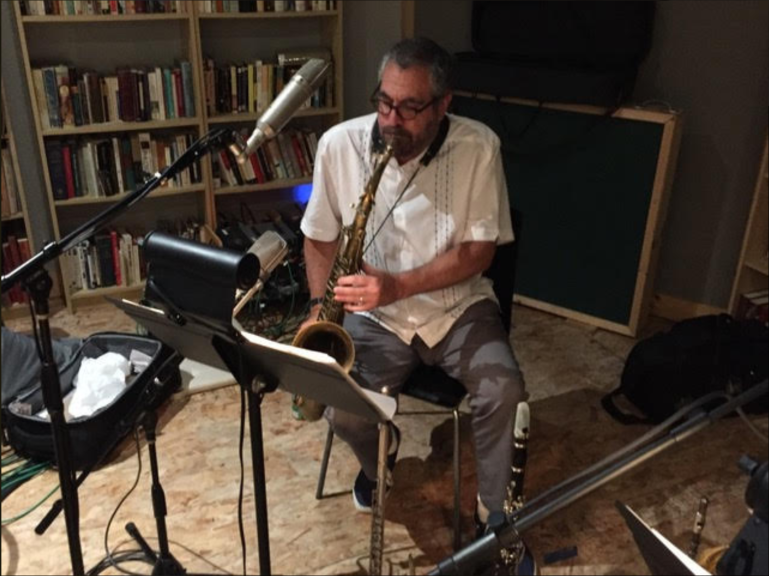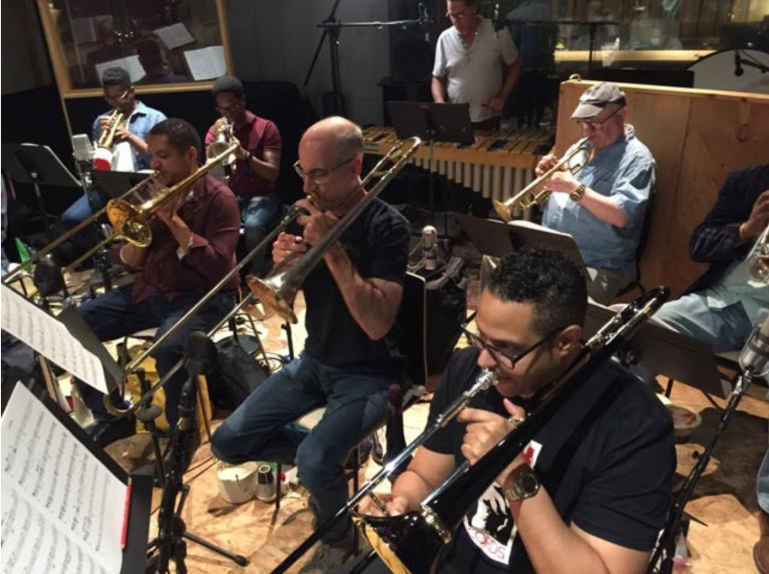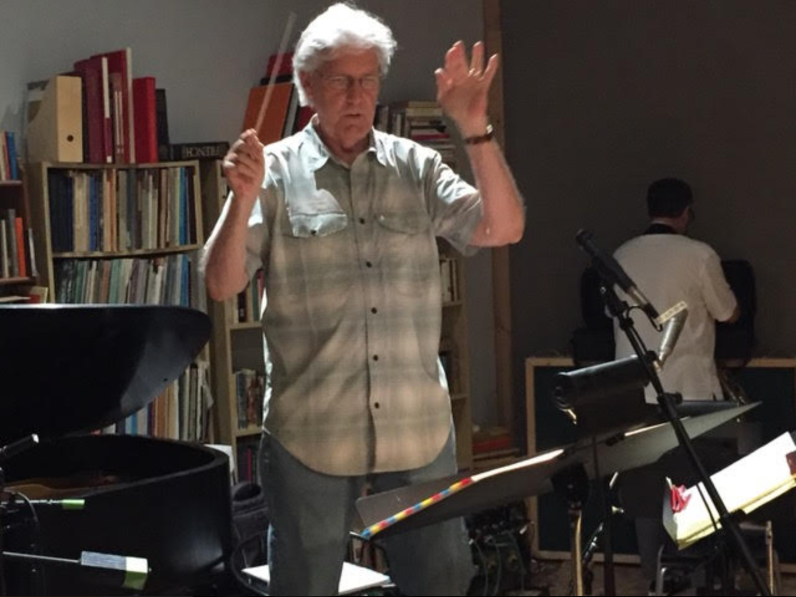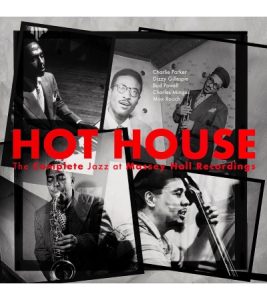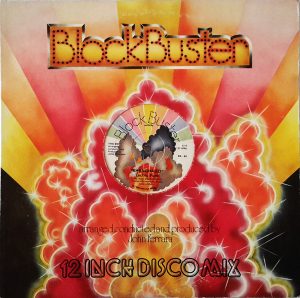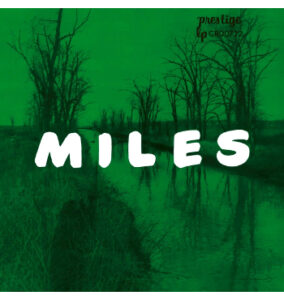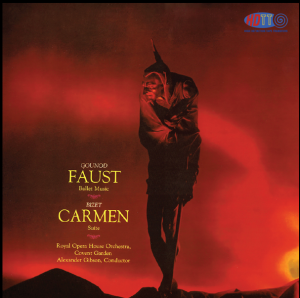Sasha Matson is an interesting contemporary American composer. Some may recall my earlier review of his jazz opera, Cooperstown (HERE). Jazz opera? Well, indeed yes. And I'd really enjoyed this funky take on opera with a contemporary jazz setting, and featuring baseball no less! Recently, our Positive Feedback world headquarters got a call: "Would we be interested in listening to a pre-release copy of a new album with jazz orchestra? Producers include Joe Harley and John Atkinson, with the lacquer for the LP mastered and cut by Kevin Gray." No way were we able to resist such a fun venture.
Molto Molto - Works for Jazz Orchestra by Sasha Matson. Stereophile Records 2023 (24-96 download, vinyl, CD) Vinyl, mp3 and streaming available from Amazon HERE. Downloads of 24-96 file available from the usual sources.
Sasha describes the three works on this album as follows:
Concerto for Piano & Jazz Orchestra (tracks 1-3) features soloist Adam Birnbaum, with whom I first discussed the piece at The Village Vanguard in New York. Adam has been a member of the Vanguard Jazz Orchestra in recent years, which supercharges that small stage on Monday nights. I thank him for helping to woodshed the score and parts for this composition—and for playing the heck out of it!
Captain Trips (track 4) is dedicated to the memory of Jerry Garcia. Coming up through middle and high school in the 1960's in Berkeley, we looked to members of The Grateful Dead as our big brothers—as role models! I am pleased that guitarist Steve Cardenas brought his own sound to bear here, summoning Garcia from the Isle of the Dead.
Symphony No. 3 for Jazz Orchestra (tracks 5-8) began as sketches a couple of years back, when I participated in the BMI Jazz Composers Workshop, at that time run by Andy Farber and Ted Nash. I thank them both for picking up their horns and pitching in. For me, varied musical tributaries flow together—Film Music, Blues, Roots, World Music, the American Songbook composers—in addition to the ‘Third Stream' melding of Classical and Jazz. "Bossa Alla Cali" is one example of this hybrid. The title of the fourth movement, "Life Against Death," is borrowed from a book of that name by Norman O. Brown, who taught at UC Santa Cruz when I was a student there.
So what did I think of the music?
One word: intriguing. As Sasha combines a dizzying number of different influences, genre, and styles, this album constantly absorbs, probes, prods and explores the world. His synthesis verges on the encyclopedic. At first I think okay, pure jazz. But no, it's classical. No, again—now we're American Songbook, blues, bossa nova... Finally, I say to myself: "Oh, stop with trying to classify it. Just sit back and enjoy it!" And so I did.
From the initial crunchy sounds on piano in the first track, with the soft pure high notes from the woodwinds and brass, I had a feeling this album was going to be different. Sasha is doing his thing playing with sounds, colors and rhythms. And sure enough, in comes the funky on the trombones and tuba. This was going to be fun! And so Concerto for Piano & Jazz Orchestra continued to surprise through the next 20 plus minutes. The concluding movement is the title track for the album, Molto Molto. Tuba taking the lead at the outset, with all the other instruments supporting and then variously taking over. And then the piano is back with double bass accompanying, and soft brass supporting and adding color; the movement just sways and rolls delightfully, with various instruments taking solos. But once again, Sasha surprises with a soft interlude, a contemplative few moments as the instruments softly and sweetly play, and then funky is back! This is just a roller coaster delight of sounds, rhythms, syncopations, and lively color. Did I like it? Oh, yes indeed I did. And again on the fourth time playing it through. Pianist Adam Birnbaum's final fillip on the piano capped things off perfectly!
Captain Trips changes moods, now with focus on electric guitar supported by the rest of the orchestra. Guitarist Steve Cardenas brings sophisticated finger-style of playing that is clearly his own and not imitative. Refreshingly, his added reverb and other effects were subtle complementary additions, not the focus unto themselves.
Symphony No. 3 for Jazz Orchestra is a significant multi-movement work. It opens with the very aptly named movement, "Vamp Till Ready." And this is precisely what the musicians then do, with a nicely varied array of sounds and rhythms held together with a theme that regularly reappears and pulls everyone together. The other three movements take us along on a tour of songbook (torch songs, anyone?) where piano, vibes and saxophone are primary, to bossa nova, to big band influences, to contemporary classical, to... But Sasha never leaves us in one place for long. The music constantly changes, evolves, and revolves. It is an enjoyable journey.
And the performances?
Top notch musicians sounding like they are having a blast playing with each other. Pianist Adam Birnbaum takes the soloist's lead on Concerto for Piano & Jazz Orchestra and simply plays his heart out—the music is alive, the energy crackles. (Adam is currently the "piano chair" of the Vanguard Jazz Orchestra.) Guitarist Steve Cardenas brings a passionate performance to Sasha's tribute to Jerry Garcia in Capt. Trips, with a nice delicate touch. Andy Farber on tenor sax (whom Sasha says was instrumental in pulling the New York jazz players together) keeps it all going strong. And alto saxophonist Ted Nash delivers just a smokin' outburst towards end of the last track on the album, "Life Against Death."
It is impossible to single out all of the individual performers, but suffice it to say that the orchestra includes players with a high level of proficiency across the board, all of whom play exceedingly well together as an orchestra, not a band of soloists. They are cohesive. And where individual solos appear, the skill level is high and the players sound very respectful of each other—no pushing and shoving, no effort to outshine, just a lot of supportive, collaborative musicianship. Professionalism at the highest level.
Session recording photo: Andy Farber on tenor sax
Session recording photo: the brass section
Session recording photo: Sasha Matson conducting
And the sound quality?
The recording quality is very nice. The space in which the recording was made is not large, but adequate to capture some nice natural acoustic reverberation balanced with warm, rich, direct sound. I am listening to the 24-96kHz download file which was captured by Kevin Gray directly off of his cutterhead feed when he cut the lacquer for the vinyl. So, what I'm hearing has the same balance and mix that you'd hear on the LP, but the sound from the LP will likely be more transparent than this digital file. (Oh, that Kevin would switch to capturing this cutterhead feed in DSD256! This is the process he uses to send digital file copies of his lacquers for the Tone Poet LP releases, he told Sasha. But the original recording was made at 24/96 into Pro Tools, so no harm, no foul in this case.) The tonality and timbre of the recording sound very natural, very three dimensional even at this, for me, lower resolution.
Final thoughts...
This is not 1940s, 50s or 60s big band jazz. This is definitely jazz of the 21st century, filled with influences from modern classical music (atonal and all), redolent of show tunes, classic rock, and blues. If you like stretching your boundaries a bit, this is an album very much worth hearing. As John Atkinson says in the liner notes, "A viscerally exciting presentation of big band sound within classical forms. The more you listen, the more you will hear!"
I couldn't agree more heartily.





